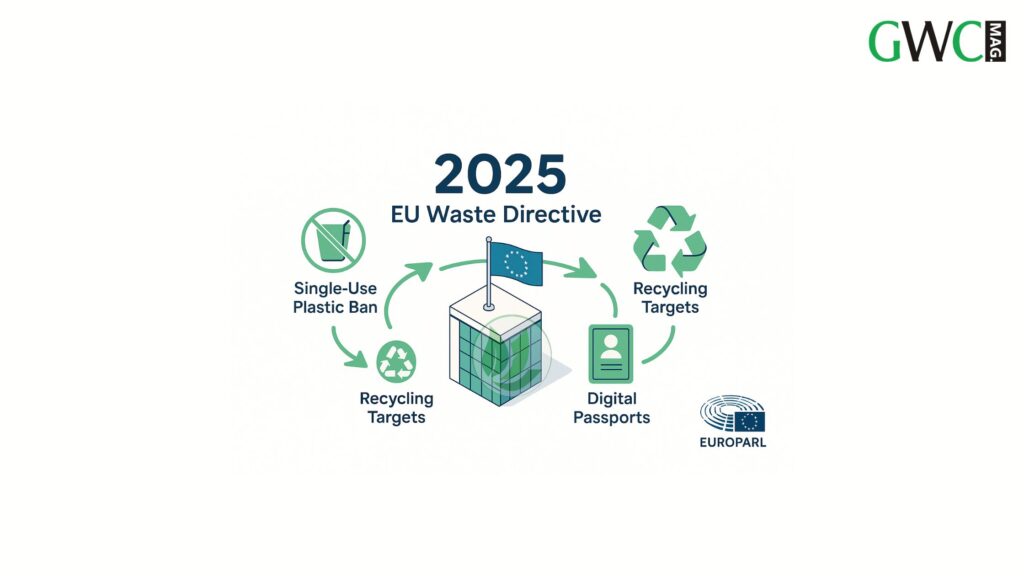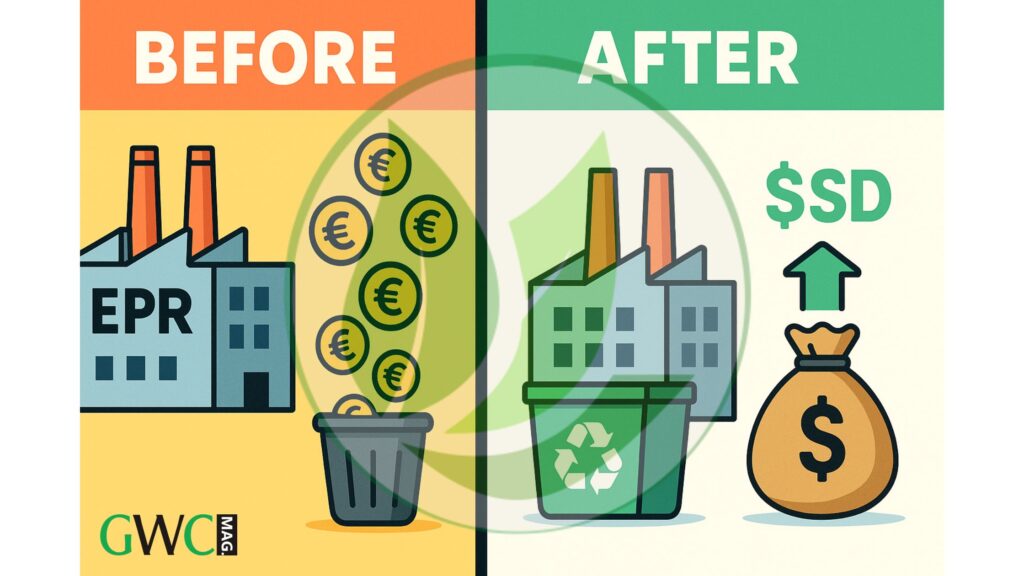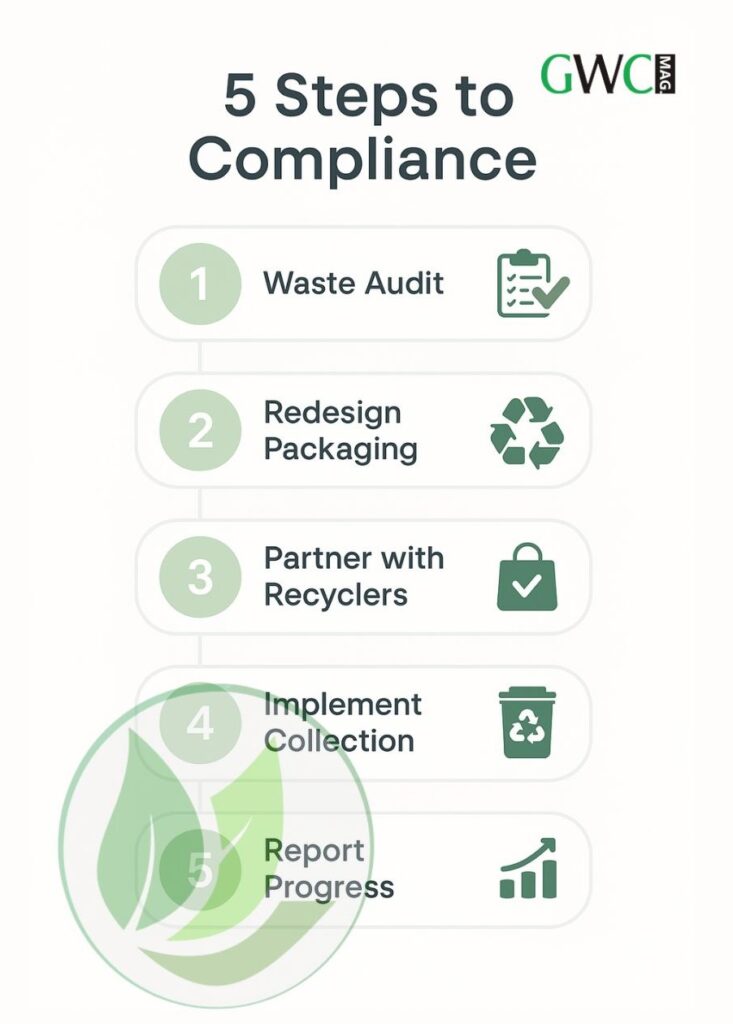Introduction
The global waste management landscape is undergoing unprecedented regulatory changes in 2025. With the EU’s revised Waste Framework Directive and stricter Extended Producer Responsibility (EPR) laws taking effect, businesses face both new compliance burdens and opportunities for innovation.
This guide covers:
✅ Key updates to EU waste policies (and how they differ from 2024)
✅ EPR expansion: Who’s affected and cost implications
✅ Penalties for non-compliance (+ how to audit your waste stream)
✅ Case studies of companies adapting successfully
✅ Actionable steps to prepare your business
1. The 2025 EU Waste Directive: Breaking Down the Changes

What’s New?
| Policy Change | Impact | Deadline |
|---|---|---|
| Single-Use Plastics Ban (Phase 2) | Bans additional items like plastic-coated packaging | Jan 2025 |
| Mandatory Recycling Targets | 65% of municipal waste recycled EU-wide | Dec 2025 |
| Digital Product Passports | QR codes tracking materials’ lifecycle | Pilot 2025 |
Expert Quote:
“The 2025 rules shift costs to producers. Companies using plastic packaging must redesign or face steep fees.”
— Dr. Elena Kovac, EU Environmental Policy Advisor
Action Item:
Use the EU’s Waste Legislation Tool to check sector-specific rules.
2. Extended Producer Responsibility (EPR) in 2025: A Global Snapshot

Countries Tightening EPR Laws
- European Union: Full EPR for textiles + construction waste
- USA: 8 states enacting plastic EPR (e.g., California’s SB 54)
- India: EPR registration mandatory for e-waste producers
Cost Implications
- Fees: €0.20–€1.50/kg of non-recyclable packaging (varies by country)
- Savings: Up to 30% cost reduction for using approved recyclable materials
Infographic Suggestion:
A world map highlighting EPR fees by region with a “Top 3 Most Expensive Countries” callout.
3. Compliance Roadmap: 5 Steps to Avoid Penalties

Step 1: Conduct a Waste Audit
- Tools: EcoChain (for SMEs), SAP Sustainability Cloud (enterprise)
Step 2: Redesign Packaging
- Example: Nestlé reduced packaging weight by 15% to cut EPR costs.
Step 3: Partner with Certified Recyclers
- Database: Use EPR Compliance Hub to find approved vendors.
Step 4: Train Your Team
- Free Resource: EU’s Waste Management e-Learning Course
Step 5: Report Annually
Software: EcoVadis automates ESG reporting.
4. Case Studies: Companies Leading the Way
IKEA’s EPR Strategy
- Action: Invested €3B in closed-loop furniture design.
- Result: 90% recyclable products by 2025.
Unilever’s Plastic Pivot
- Action: Switched to mono-material plastics (easier recycling).
- Result: Saved €400M/year in EPR fees.
5. Future Outlook: 2026–2030 Predictions
- AI Compliance Tools: Real-time waste tracking via blockchain.
- Global EPR Standardization: UN-led framework in discussion.
Conclusion: Turn Regulations Into Competitive Advantage
2025’s policies reward early adopters with tax breaks and consumer trust. Start with:
- Booking a free waste audit [CTA to your service].
- Downloading our EPR Compliance Checklist [lead magnet].
